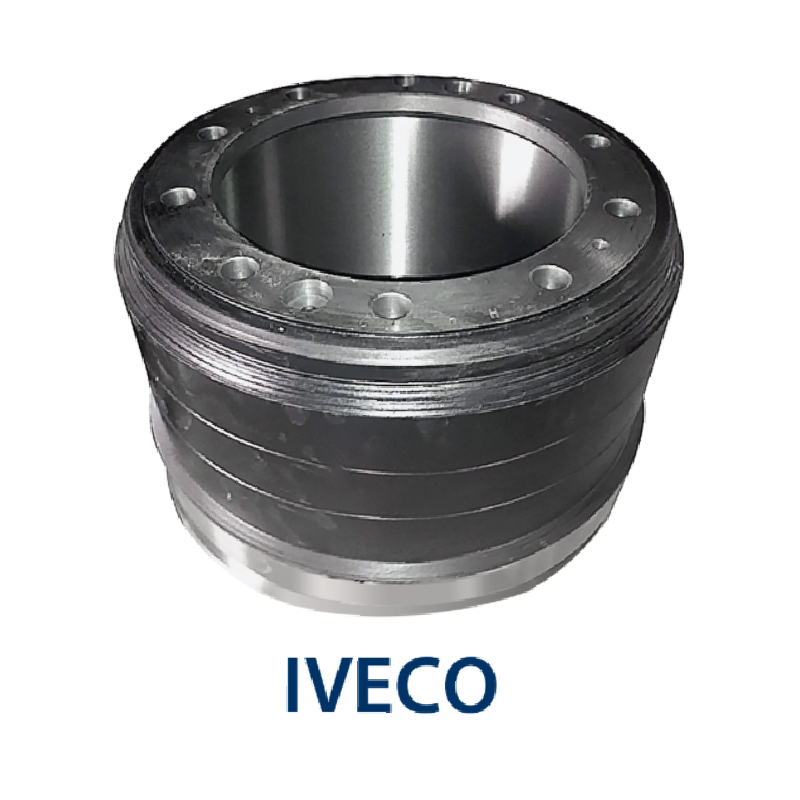Oct . 12, 2024 15:35 Back to list
warped brake drum
Understanding Warped Brake Drums Causes, Symptoms, and Solutions
Brake drums are a crucial component of a vehicle's braking system, especially in older models and certain heavy-duty vehicles. They play a vital role in slowing down or stopping the vehicle by converting the kinetic energy into heat through friction. However, one common issue that vehicle owners may encounter is a warped brake drum, which can severely affect braking performance and safety. This article delves into the causes, symptoms, and solutions for warped brake drums, providing essential insights for vehicle maintenance.
Causes of Warped Brake Drums
Warping of brake drums can occur due to various factors. The most prevalent cause is excessive heat generated during braking. When brakes are applied, the friction between the brake shoes and the drum produces heat. If the brakes are applied too aggressively or too frequently, the temperature can rise significantly, leading to thermal expansion of the metal. If the drum cools too quickly, it may warp due to uneven cooling.
Another contributing factor is the use of poorly manufactured or low-quality brake components. Inferior materials may not withstand the pressures exerted during braking, leading to premature warping. Additionally, improper installation or misalignment of components can also cause unequal pressure distribution, resulting in warping over time.
Lastly, regular wear and tear, along with a lack of maintenance, can exacerbate the problem. As brake drums age, their structural integrity diminishes, making them more susceptible to warping under stress.
Symptoms of Warped Brake Drums
Drivers may notice several warning signs indicating that the brake drums are warped. One of the most noticeable symptoms is a pulsation or vibration felt in the brake pedal when applying the brakes. This sensation often occurs because the brake shoes are not making consistent contact with the uneven surface of the warped drum.
warped brake drum

Another symptom includes squeaking or grinding noises during braking, which could indicate that the brake shoes are not properly engaging with the drum. In severe cases, a warped brake drum can lead to decreased braking performance, resulting in longer stopping distances and increased safety risks.
Additionally, drivers may notice uneven tire wear or the vehicle pulling to one side when braking, signaling that the brake system is unbalanced due to the warped drum.
Solutions for Warped Brake Drums
Once warped brake drums are identified, it is essential to address the issue promptly. The first step is to have the drums inspected and measured by a qualified mechanic. If the warping is minor, the drums may be machined to restore a smooth, even surface. This process involves grinding down the drum to remove any imperfections and ensure proper contact with the brake shoes.
However, in cases of significant warping or if the drums are worn beyond the manufacturer's specifications, replacement may be necessary. Investing in high-quality brake drums can help prevent future issues and ensure optimal braking performance.
Regular maintenance of the braking system is vital in preventing warped brake drums. Routine inspections, along with timely replacement of worn brake components, can significantly extend the life of brake drums and enhance overall vehicle safety.
In conclusion, understanding the causes, symptoms, and solutions for warped brake drums is essential for maintaining your vehicle’s braking efficiency. By being vigilant and proactive in vehicle care, drivers can ensure safer driving experiences and longer-lasting brake components.
-
Brake Drum Liza High-Quality Drum Brake & Shoe Solutions
NewsMay.29,2025
-
Brake Drum Liza Durable Drum Brake & Shoe Solutions for Vehicles
NewsMay.29,2025
-
Brake Drum Liza Premium Drum Brake Components & Shoes
NewsMay.29,2025
-
Brake Drum Man Durable Drum Brake Drums & Shoes Supplier
NewsMay.28,2025
-
Liza Brake Drum & Shoes Durable Drum Brake Components
NewsMay.28,2025
-
Brake Drum Man Premium Brake Drums & Shoes for Heavy-Duty Vehicles
NewsMay.28,2025
